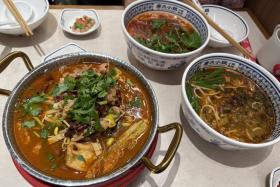How to use other ingredients to replace or reduce the use of salt in cooking
Tasty food with less salt is possible, says chef Edward Chong, who helms the kitchen of Peach Blossoms, a Cantonese restaurant at Parkroyal Collection Marina Bay, Singapore.
Even before the Health Promotion Board urged Singaporeans to opt for lower-sodium alternatives last month, the 39-year-old executive chef had already been using less salt in his cooking.
He reckons that, over two years, he has managed to reduce his use of table salt by up to 80 per cent.
He says: “Being careful about the use of salt allows me to better express the inherent flavours of other produce and ingredients.”
This does not mean serving up bland dishes, he is quick to add. Instead, he draws flavour from high-quality natural ingredients.
Last year, he came up with a kombu stock so flavourful that, when he uses it for dishes such as abalone porridge, he does not need to add salt.
He shared the stock recipe - which calls for dried scallops, dried whelk and kombu from Japan - with his wife. The natural umami means she needs less salt and soya sauce when using the stock for dishes such as mee hoon kueh and steamed fish.
Chef Chong says his wife wants their two sons, aged 16 and 13, to eat more healthily but flavour still matters.
According to dietitians, the recommended daily sodium limit is 2,000mg, equivalent to one teaspoon (5g) of salt.
Taste buds can be retrained to enjoy low-sodium food, says Ms Ong Li Jiuen, 43, head of dietetics at Changi General Hospital.
She suggests trying the taste re-adaptation challenge for a month: Choose food with lower-sodium content and have more home-cooked meals with less salt or seasoning. Use fresh ingredients such as vegetables for flavour. The taste buds will adjust, she says, and develop less tolerance for salt.
Cooking at home is ideal because you can cut the amount of salt by using alternatives such as lemon juice and garlic, says Dr Kalpana Bhaskaran, president of the Singapore Nutrition and Dietetics Association.
Dr Bhaskaran, who also heads Temasek Polytechnic’s Glycemic Index Research Unit, suggests leaner cuts of meat as another option to amp up the flavour while reducing the fat.
Herbs and spices boost flavour too. Ms Siew Yu Yao, 27, a dietitian at Khoo Teck Puat Hospital, suggests using curry leaves, bay leaves, cumin seeds, ginger, garlic, shallot and coriander.
Stand-ins for salt
1. Celery
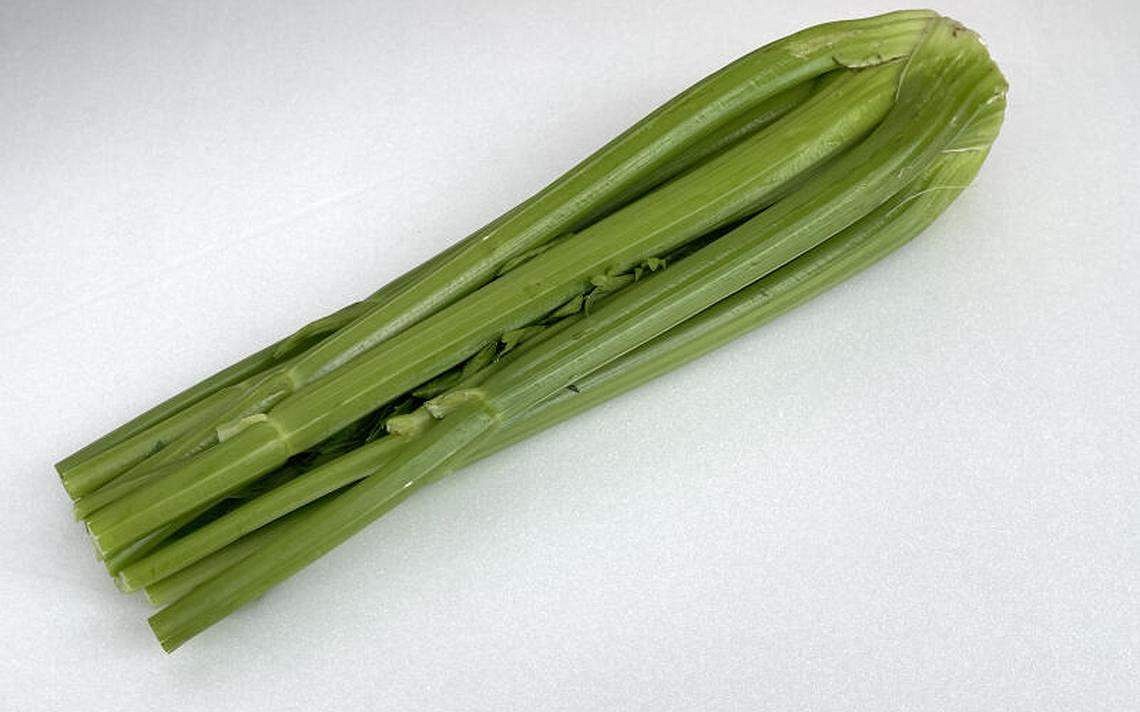
Celery contains vitamins A and C and is a good source of minerals and antioxidants. Its leaves and stems add fragrance and sweetness to dishes.
2. Tomato
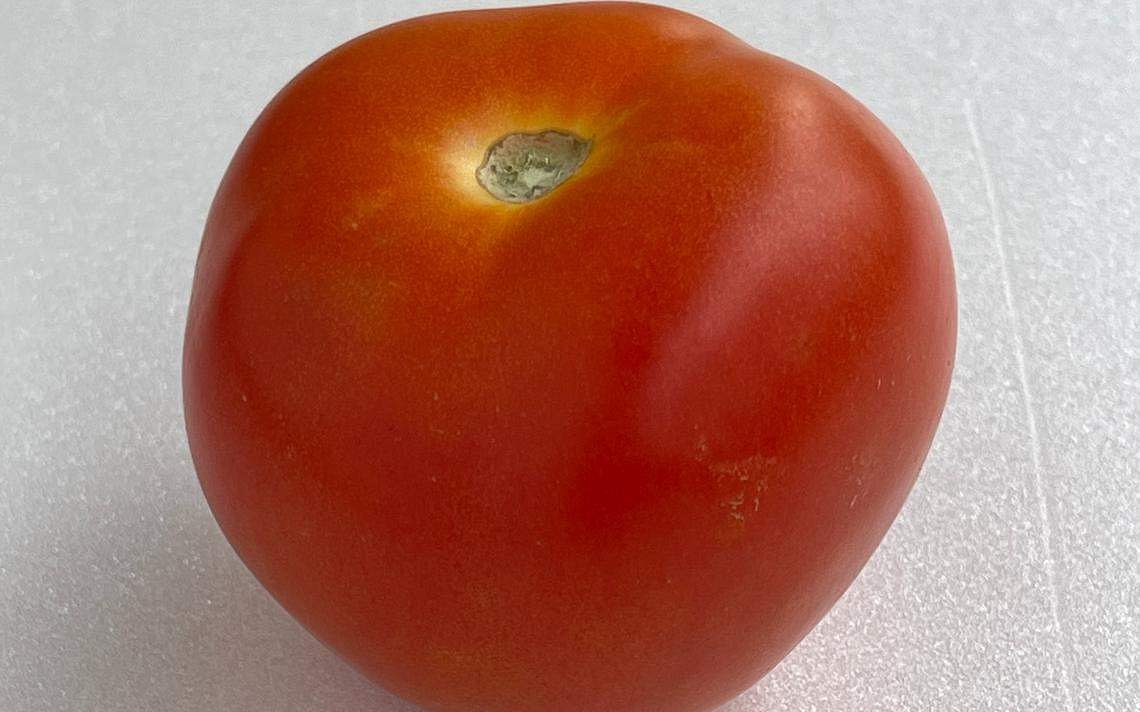
Tomatoes have an antioxidant called lycopene and are a rich source of folate and vitamins C and K. Thanks to their full and “meaty” flavour, which comes from a heavy load of glutamates, tomatoes are used in condiments such as ketchup and pasta sauces.
3. Corn
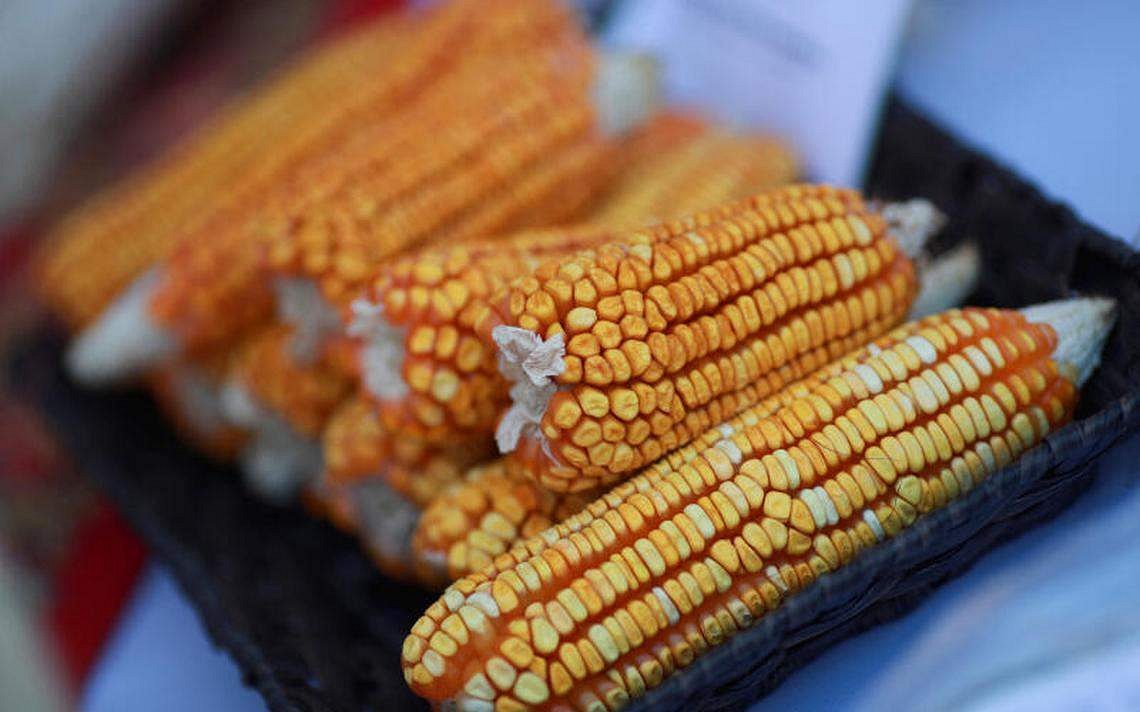
A good source of vitamin B1 and dietary fibre, corn adds sweetness to dishes such as soups with its sucrose and umami flavour.
4. Onion

Packed with vitamins, flavonoids and phytochemicals, onions have a high glutamate content, which makes them tasty.
5. Carrot
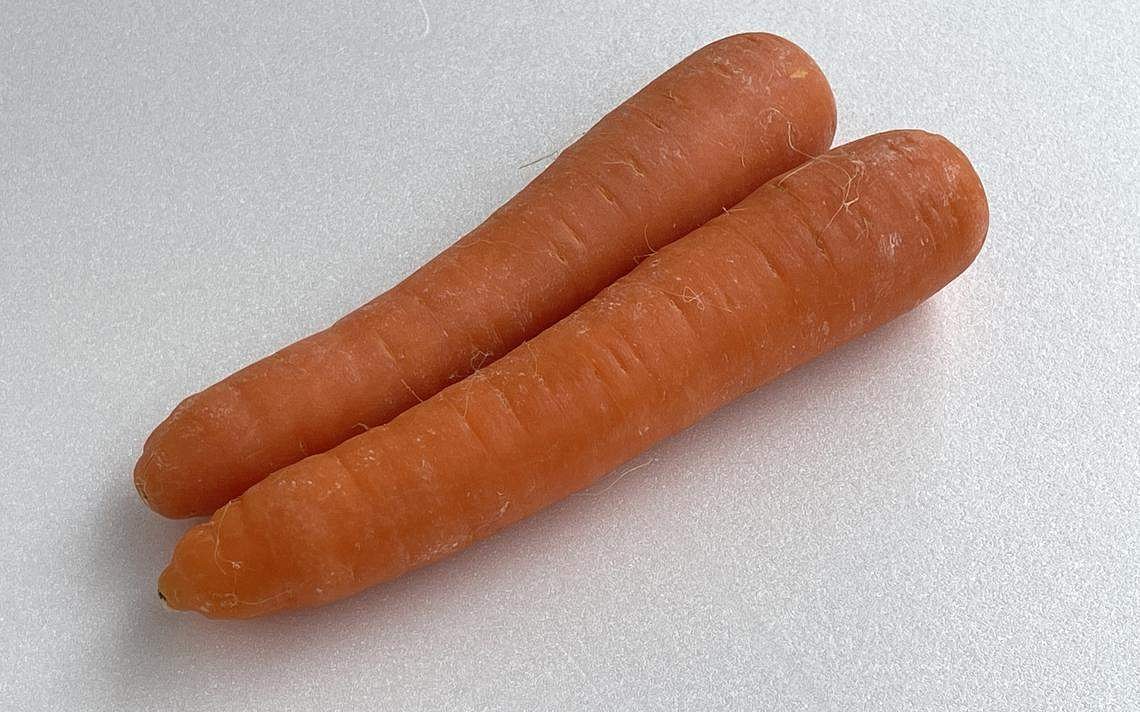
Carrot can be eaten raw as well as stir-fried or simmered in soups. This versatile vegetable adds sweetness and colour to dishes.
6. Mushrooms
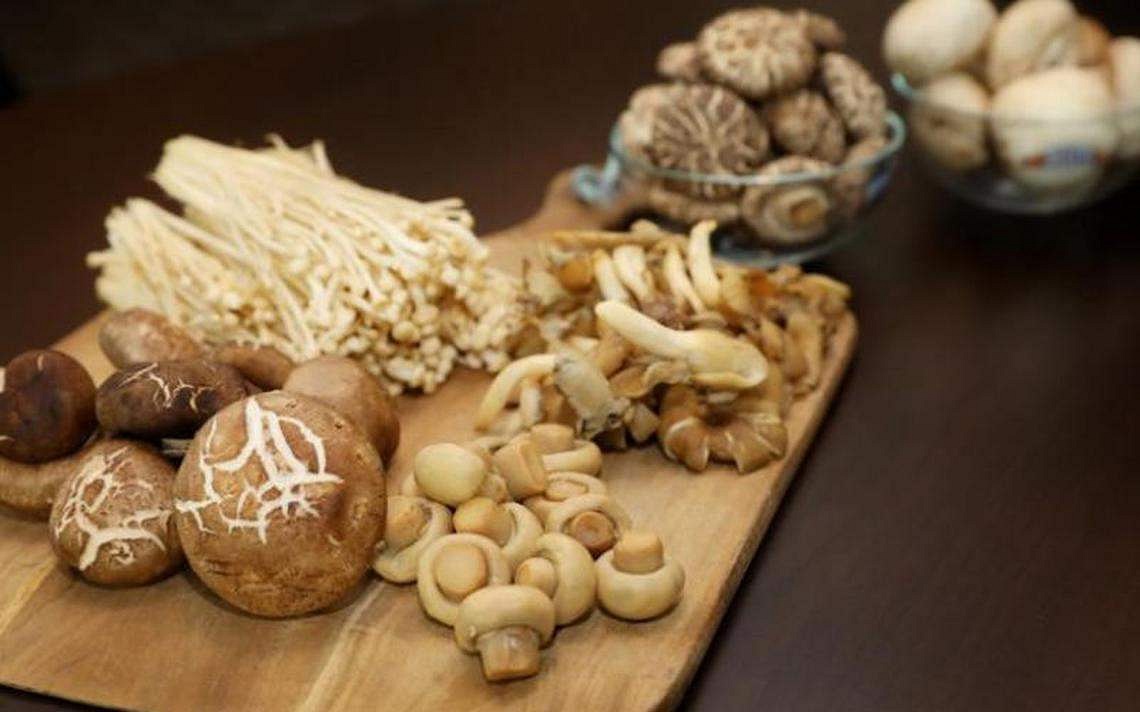
Bursting with B vitamins, folate, minerals and antioxidants essential for a strong immune system, mushrooms contain glutamate and bring a strong earthy aroma to dishes. Both fresh or dried mushrooms impart flavour, but the glutamate is more concentrated in dried mushrooms, giving them more umami.
7. Spices
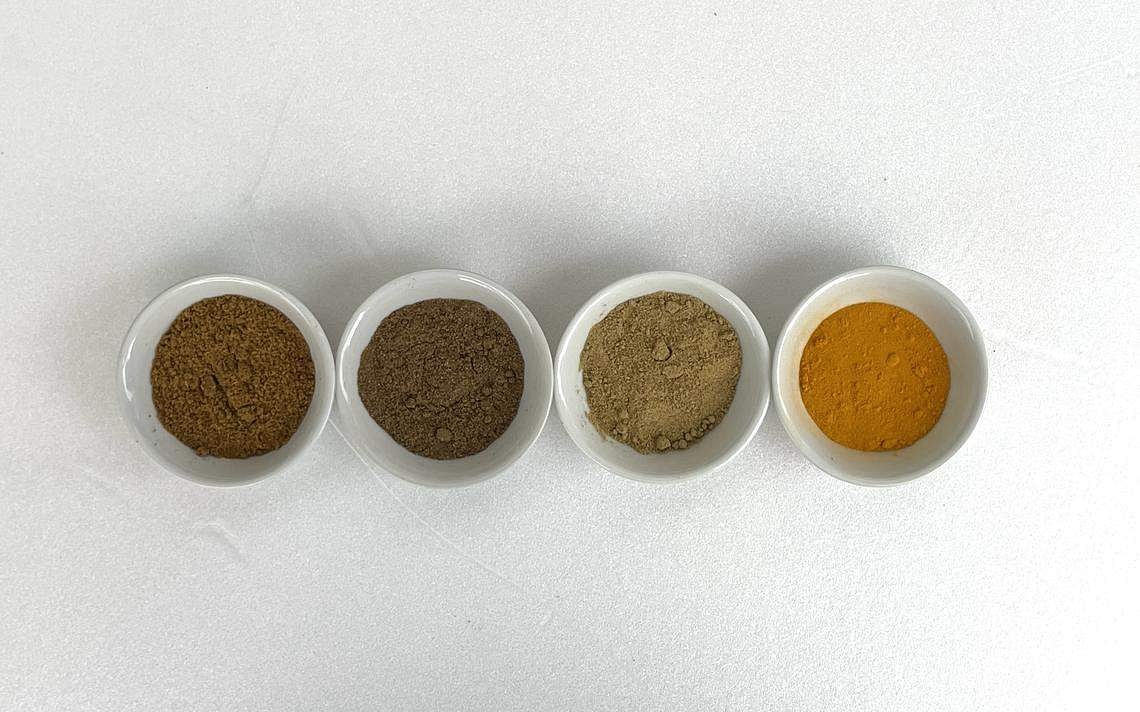
Ground cumin, coriander, turmeric and garam masala have an unmistakable aroma and flavour. These spices work well in marinades and curries.
But exercise care with garam masala. Dr Bhaskaran notes that the salt content of the spice blend can vary across brands and some have a considerable amount of sodium, from 146mg to 765mg of sodium a teaspoon. So check the nutrition information panel and choose a blend with no added salt or zero sodium or salt content.
8. Yogurt
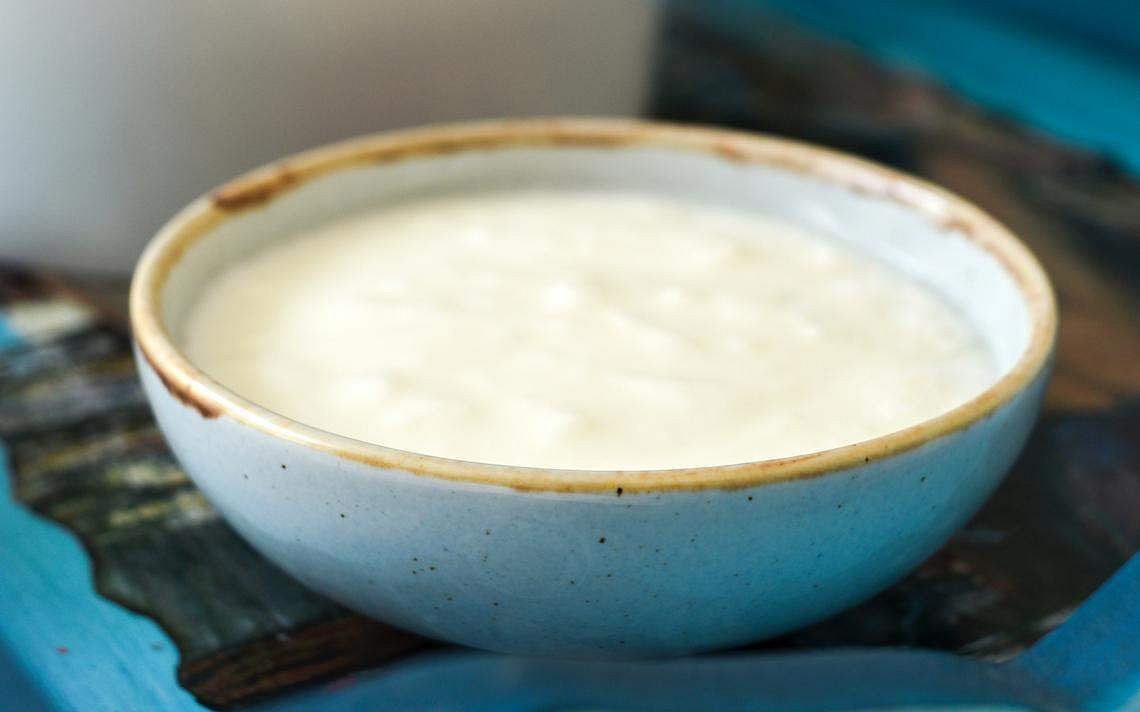
Some recipes call for salt as a tenderiser, but yogurt works just as well – and contains less sodium. The tanginess of yogurt also adds complexity to dishes. A multi-purpose pantry staple, it can also be used to replace coconut milk in curries and mayonnaise in dressings.
9. Lime juice
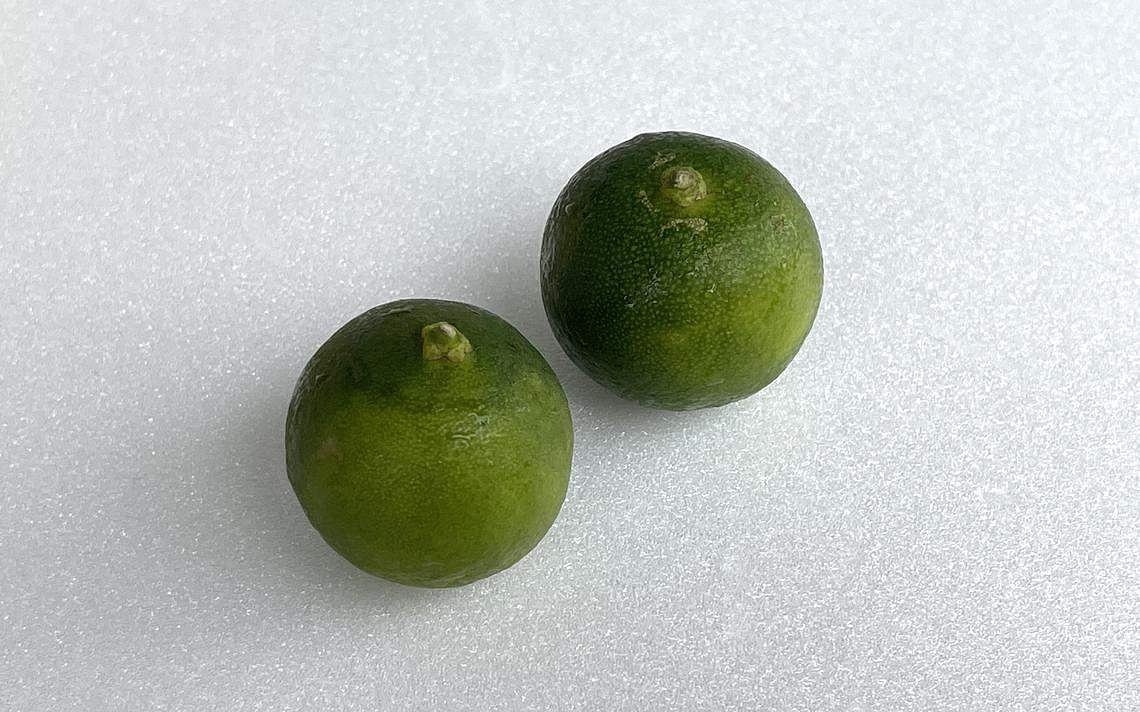
A natural flavour enhancer, lime juice has minimal sodium. The zesty sourness helps to dial down the fishiness of seafood. Other than a marinade, it can be used for salad dressings and dipping sauces.
10. Low-sodium salt, sauces and seasoning
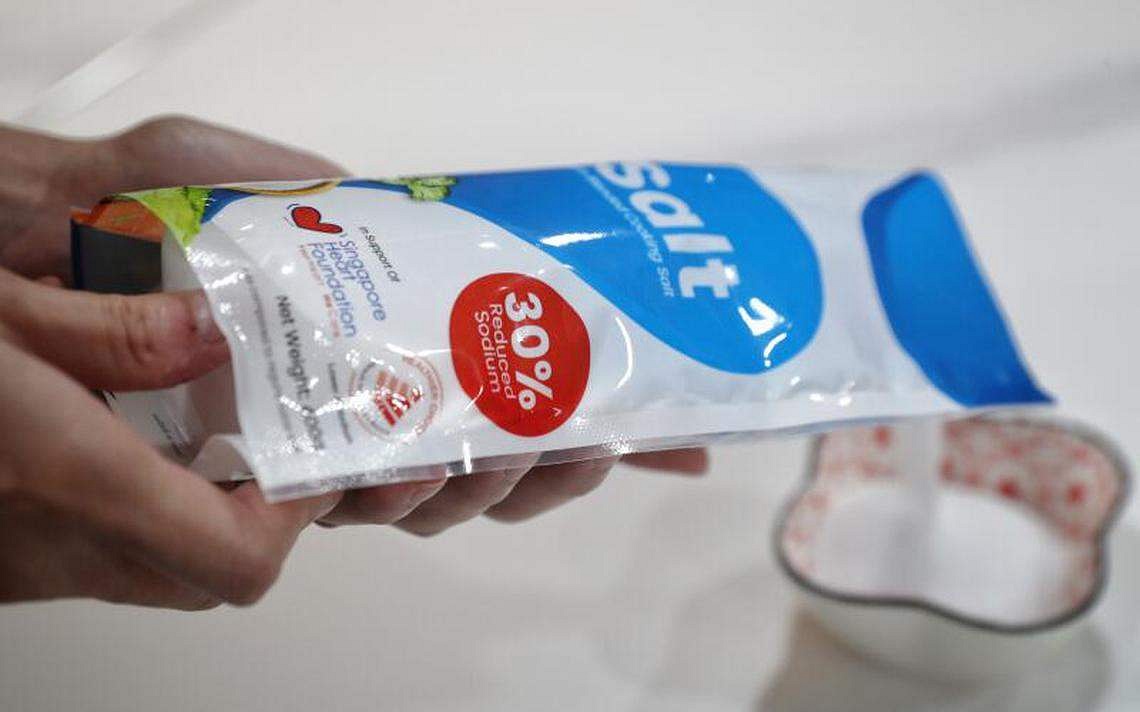
For a product to be classified as low sodium, it must have less than 120mg of sodium per 100g.
If a product has a “no added salt” or ”unsalted” label, the ingredient list should not have any sodium chloride, sodium compounds, or any ingredient containing added sodium chloride or other sodium compounds.
11. Dried seafood
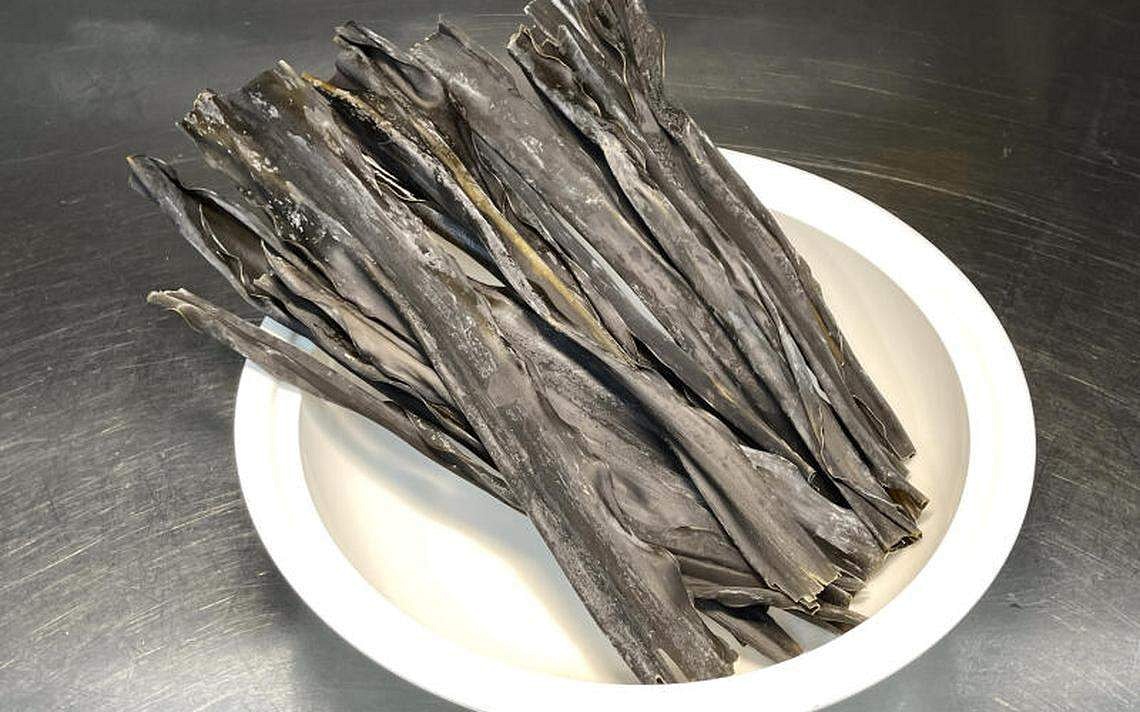
Kombu (dried sea kelp), dried scallops and dried whelk impart umami flavours. When a dish has well-balanced and complex layers of natural flavours, there is less need for salt to improve the taste or cover the gaminess of meat.
Sources: Ms Ong Li Jiuen, head of dietetics at Changi General Hospital; Ms Siew Yu Yao, dietitian at Khoo Teck Puat Hospital; Dr Kalpana Bhaskaran, president of the Singapore Nutrition and Dietetics Association and head of Temasek Polytechnic’s Glycemic Index Research Unit; and Mr Edward Chong, executive chef of Peach Blossoms at Parkroyal Collection Marina Bay, Singapore.
Recipes using salt alternatives
ABC Chicken Soup
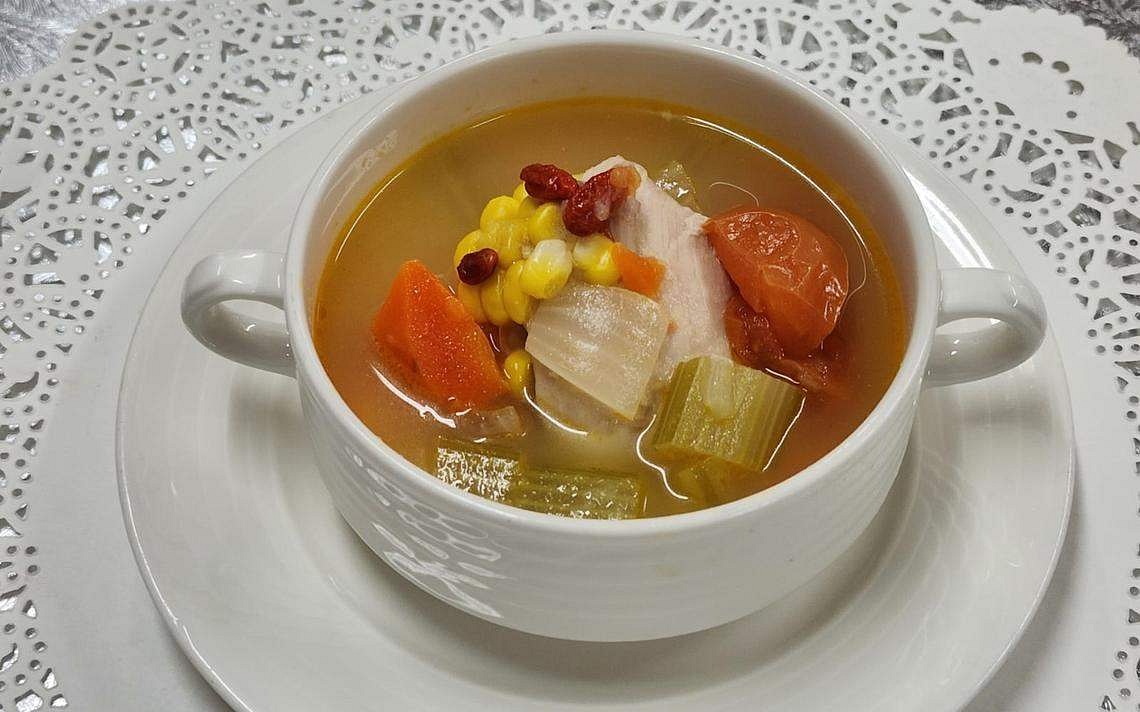
In this recipe by the Food Services Department, Changi General Hospital, this nourishing soup is packed with vitamins, minerals and dietary fibre. For more flavour, blend half of the cooked vegetables before adding them back into the soup. The soup is also suitable for babies, children and the elderly. For a vegetarian version, replace the meat with tofu for protein.
Ingredients
1.2 litres water
250g chicken breast meat, remove the skin and cut into bite-size chunks
2 tomatoes (200g), cut into wedges
1 whole corn cob (340g), cut into four or five parts
2 carrots (200g), peeled and cut into small chunks
2 celery stalks (200g), chopped
2 medium-sized russet potatoes (300g), peeled and cut into small chunks
1 medium-sized onion (150g), peeled and cut into small wedges
1 Tbs wolfberries, soaked (optional)
½ tsp pepper
¼ tsp salt
Method
1. Bring the water to a boil in a pot.
2. Add the chicken and boil for five minutes.
3. Remove the scum and add the tomatoes, corn, carrots, celery, potatoes and onion.
4. Cover and simmer over low heat for about 40 minutes.
5. Add the wolfberries, if using, and boil for a minute.
6. Season with salt and pepper.
7. Serve hot.
Makes five servings
Fish Tikka
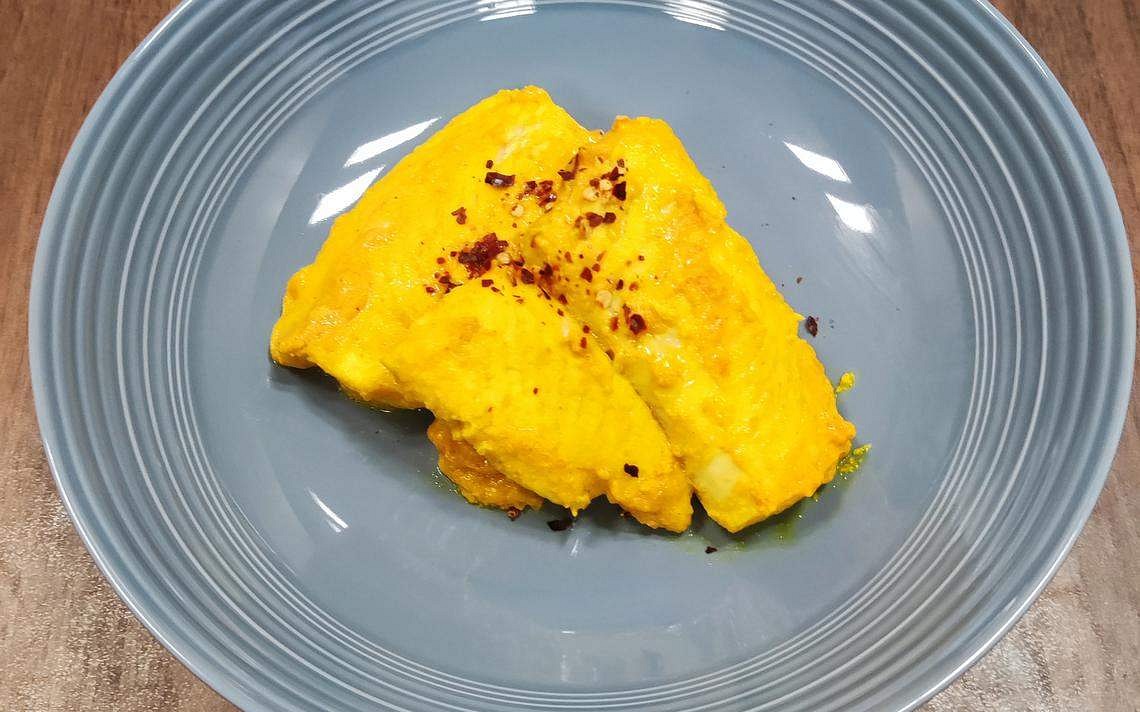
In this recipe by Ms Siew Yu Yao, a dietitian at Khoo Teck Puat Hospital, there is no need for the use of salt as the spices will give the fish enough flavour. Serve this dish hot with brown rice and a side of vegetables to complete your meal.
Ingredients
390g low-fat yogurt
2 Tbs turmeric
1½ tsp ground coriander
1½ tsp ground cumin
2 tsp garam masala
3 Tbs lime juice
300g white-fleshed fish fillets
2 Tbs oil
Method
1. In a medium-sized bowl, mix the yogurt, turmeric, coriander, cumin, garam masala and lime juice.
2. Marinate the fish in the mixture for at least 25 minutes.
3. Heat the oil in a pan over medium heat.
4. Add the marinated fish fillets. Cook for five minutes, then turn the fillets over.
5. Cover and cook the fish for another two minutes or until the fish is thoroughly cooked.
Makes four servings
Braised Wholegrain Beehoon with Chicken
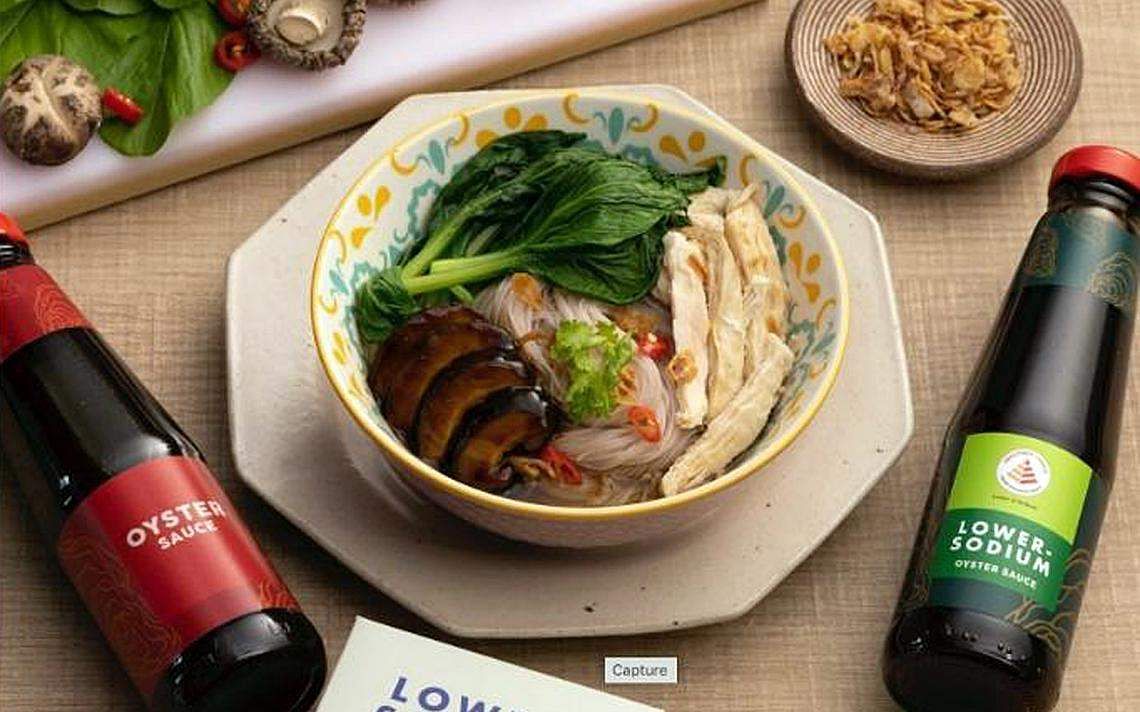
This recipe by the Health Promotion Board uses ingredients such as mushrooms, coriander and chilli to add a variety of flavours to this dish, which also uses low-sodium salt and seasoning.
Ingredients
400g lean chicken
600ml lower-sodium chicken stock
50g dried shiitake mushrooms, soaked until soft
3 Tbs lower-sodium oyster sauce
1 Tbs healthier dark soya sauce
½ Tbs healthier ketchup
25g cornstarch, mixed with water into a slurry
500g wholegrain beehoon
200g leafy green vegetables, sliced
1 tsp healthier oil
A pinch of lower-sodium salt
4 tsp sesame oil
1 tsp fried shallot crisps for garnishing
1 Tbs chopped fresh coriander for garnishing
1 red chilli, chopped for garnishing
Method
1. Boil the chicken in the chicken stock. Cool, slice and set aside for later use.
2. Boil the mushrooms together with the oyster sauce, dark soya sauce and ketchup. Take the mushrooms out when they are plumped up and slice thickly.
3. Bring the remaining gravy to a boil. Add the cornstarch slurry to thicken the gravy.
4. While the gravy is reducing, blanch the beehoon in hot water until soft. Drain and set aside.
5. Blanch the greens in hot water with some oil and a pinch of salt. Drain and set aside.
6. Toss the beehoon with sesame oil and top with the gravy.
7. Garnish with chicken, mushrooms, green vegetables, shallot crisps, fresh coriander and chopped chilli before serving.
Makes four servings
Kombu stock
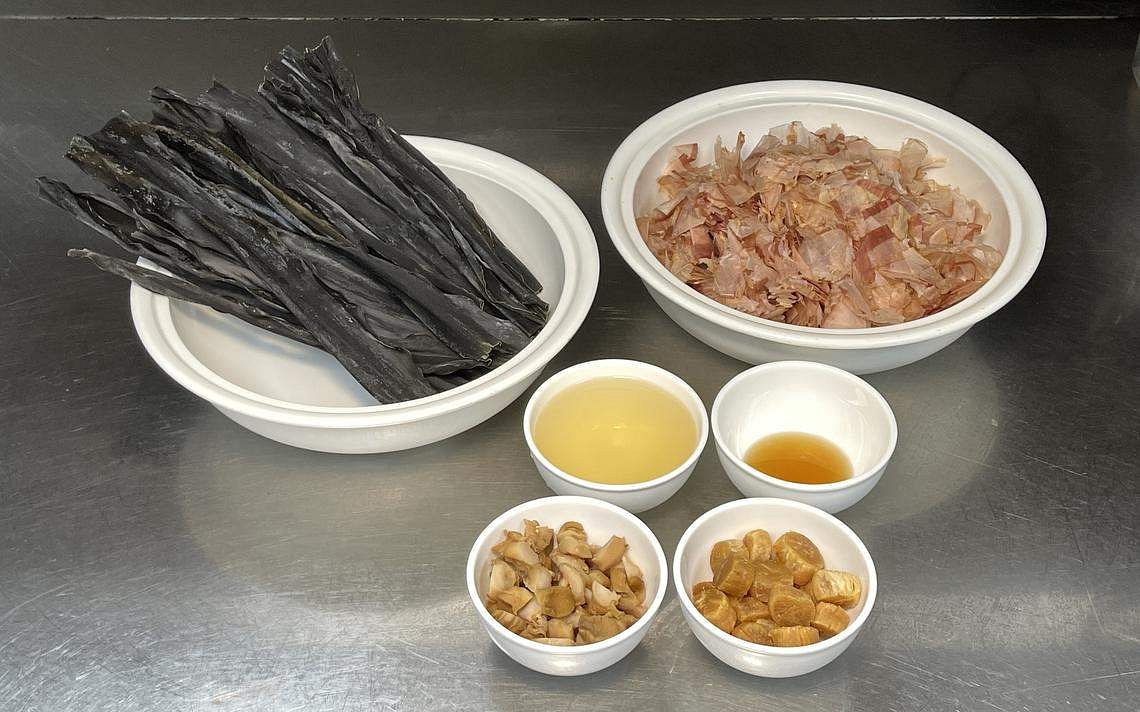
This recipe is by executive chef Edward Chong, Peach Blossoms. Use this stock in place of a chicken-based one for porridge, noodles, claypot rice or stir-fries. For a vegetarian version, remove the dried scallops, dried whelk and bonito flakes, and replace with one whole corn cob.
Ingredients
50g dried scallops
100g dried whelk
4 litres of water
200g kombu (dried sea kelp)
60g dried bonito flakes
200ml cooking sake
½ Tbs Japanese sesame oil
Method
1. Put the dried scallops, dried whelk and water in a pot.
2. Bring to a boil.
3. Add the kombu and simmer for 30 minutes.
4. Add the dried bonito flakes, cooking sake and sesame oil.
5. Switch off the heat, cover and let the mixture sit for 15 to 20 minutes.
6. Strain the kombu stock and it is ready for use.
Makes 10 servings
Get The New Paper on your phone with the free TNP app. Download from the Apple App Store or Google Play Store now

